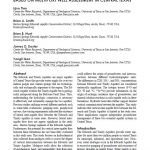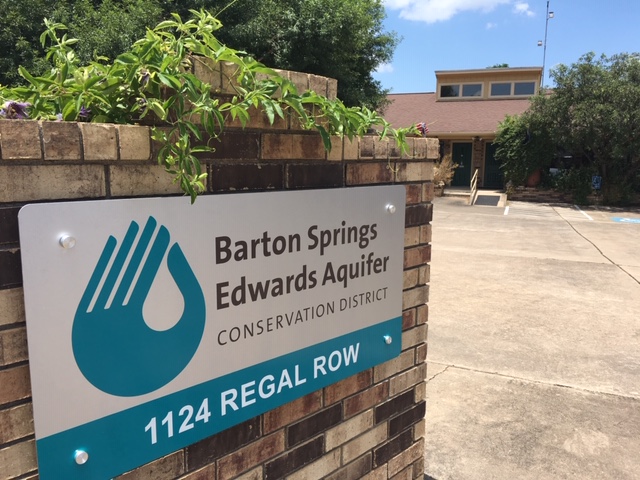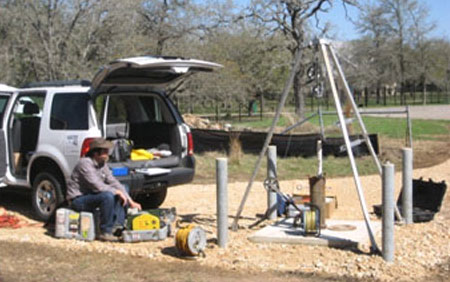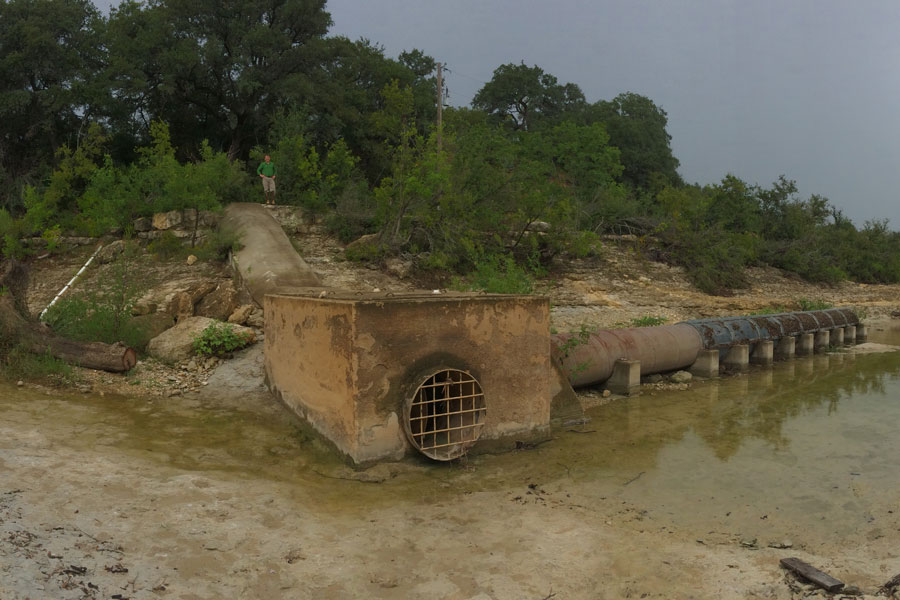Geochemical Evaluation of Hydrogeologic Interaction Between the Edwards and Trinity Aquifers Based on Multiport Well Assessment in Central Texas
 Report: View
Report: View
Topic: Water-Quality Studies
Source: Sinkhole Conference
Format: Paper
Year: 2020
The Edwards and Trinity Aquifers are major aquifers of Central Texas that provide water supply for over two million people and contain springs that are hydrologically and ecologically important to the region. The Edwards Aquifer overlies the Trinity Aquifer but is geologically juxtaposed along the Balcones Fault Zone. Thus, understanding the hydrologic connection is necessary to effectively and sustainably manage the two aquifers. Previous studies utilizing several different methods such as water-table evaluations, pumping tests, geophysical surveys, dye-tracing experiments indicated the existence of lateral inter-aquifer flow between the Edwards and Trinity aquifers in some areas. However, lateral inter-aquifer flow does not appear significant in the study area – Barton Springs segment of the Edwards Aquifer. Furthermore, the potential for vertical inter-aquifer flow between these formations has not been fully evaluated in this study area. This study focuses on hydrochemical data collected from multiport wells to assess the degree of vertical interconnection between the Edwards and Trinity Aquifers. Multiport wells allow the collection of geochemical, head, and permeability data from multiple isolated hydrostratigraphic units within the same borehole. Hydrochemical facies and isotopic signatures could address the origin of groundwater, and interconnections between different hydrostratigraphic units. The differences in TDS, SO42–, and NO3– concentrations between Edwards and Trinity Aquifers are considered statistically significant. The isotopic tracers (δ18O and δD; 3H and 14C; 87Sr/86Sr) provide information on the origin of recharge, residence time of groundwater, and mineral-solution reactions in soils/aquifer rocks in these formations. Hydraulic head data further support limited vertical communication between the aquifers. This study indicates that vertical inter-aquifer flow between the Edwards and Trinity Aquifers is limited in the study area. These implications support independent groundwater management of these two essential aquifer systems in Central Texas.






